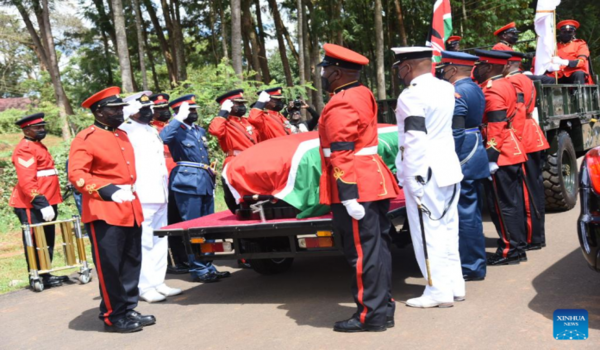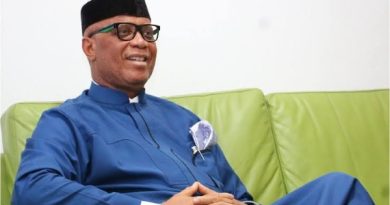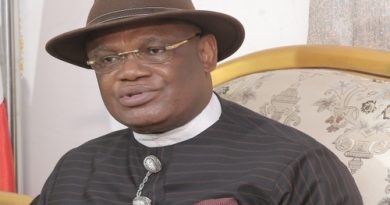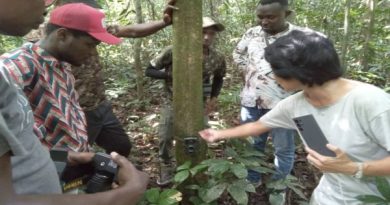Kenya’s ex-president Kibaki laid to rest in ancestral home
Kenya’s third president, Emilio Mwai Kibaki who died on April 22 at the age of 90, was laid to rest in his ancestral home located in the central Kenyan county of Nyeri on Saturday.
President Uhuru Kenyatta who succeeded Kibaki in April 2013 was among the dignitaries who attended the state burial climax in a 19-gun salute by the country’s military.
While delivering his eulogy, Kenyatta hailed Kibaki’s transformational leadership, intellect, patriotism, and selfless dedication to improving the lives of ordinary citizens, hence positioning Kenya as a regional economic powerhouse.
“As we prepare to lay to rest an astute economist, visionary leader, and a selfless public servant, let us endeavor to emulate his good deeds and make this country a beacon of hope, resilience, and opportunities,” Kenyatta remarked.
Kenyatta whose term in office ends in August as dictated by the constitution challenged elected leaders to embrace Kibaki’s cherished ideals like good governance, economic reforms and national cohesion.
Born in 1931, Kibaki served as Kenya’s finance minister in the 1960s soon after the country attained independence from British colonial rule, later on becoming a Vice President from 1978 to 1988 under the late President Daniel Moi.
Kibaki also served the country as a health minister before resigning from the government to form an opposition party which later propelled him to the presidency in 2002 under the National Rainbow Coalition (NARC).
During his presidency from 2002 to 2013, Kibaki oversaw economic and governance reforms pursued regional integration, and revitalized bilateral cooperation with China that hastened Kenya’s modernization.
It was during Kibaki’s reign that Kenya witnessed the implementation of China-built modern infrastructure projects including the Thika Superhighway and several ring roads within the capital Nairobi.
The late Kenyan leader conceptualized the 480 kilometers China-built Mombasa-Nairobi Standard Gauge Railway (SGR) whose implementation was concluded in May 2017.




